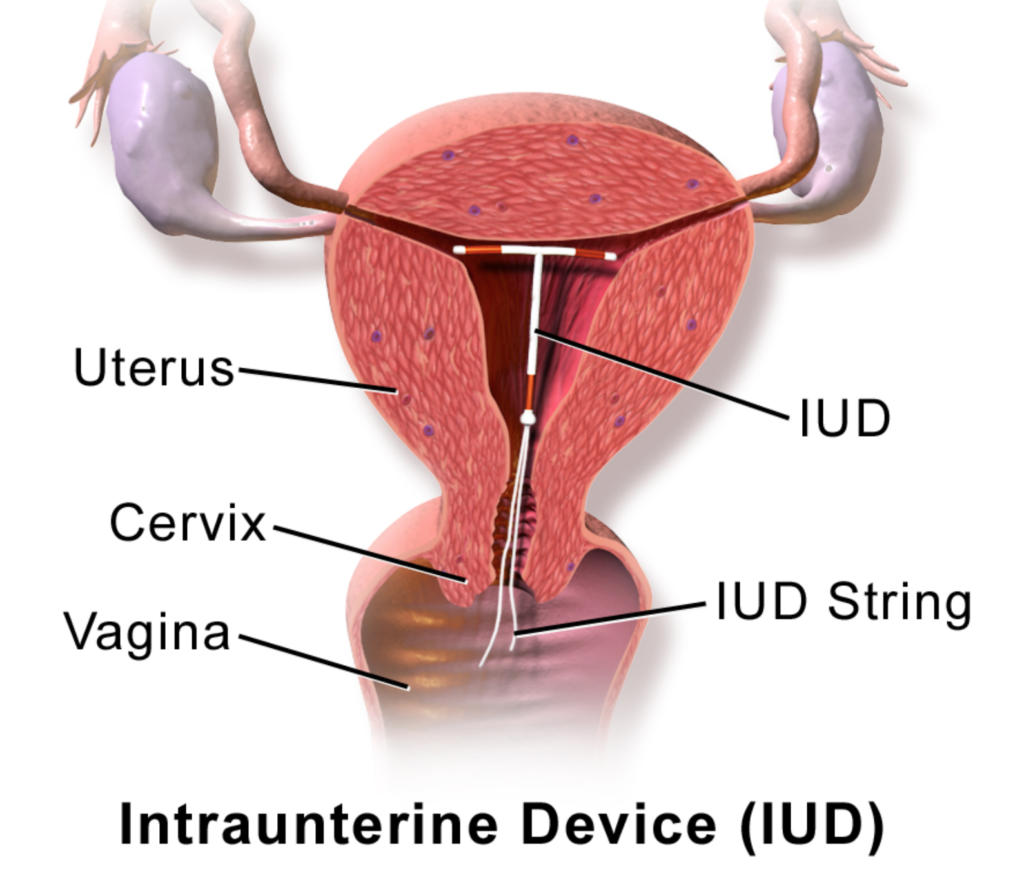
U.S. birth rates are declining. This trend is cause for concern, because an aging population puts a strain on the economy.†Kimberly Amadeo, in “The Balance”, 4/29/2021
The CDC reported that the birth rate in the USA dropped in 2020, with much lamentation in the press. Instead, we should be applauding this decrease in births, especially among one group of people.
The general fertility rate (the number of live births each year, per 1000 women aged 15 to 44) has been decreasing since a small peak in 2014. In 2019 it was 58.3, and in 2020 it dropped to 55.8. Not a huge decline, but newsworthy. Please note that this is the number of births, not the number of babies born. The number of babies is actually about 3% higher because of twins, triplets etc.
Did people decide to postpone childbearing because of covid-19? Due to the timing of the births in 2020, we can figure that most of the conceptions actually happened before the pandemic. Births were down most sharply at the end of the year, however, when babies conceived at the start of the pandemic would have been born. Very preliminary information suggests that the birth rate for 2021 will show a slight rise. That figure may increase as the year goes on since September is the month when the most babies are born.
Recently, many women are waiting to start their families. I am the second and last child of my parents. My parents married in 1928 and my sister Clara was born in 1939. I was born 4 years later, when my mother was 40 years old. This was an unusual pattern of childbearing in the 1940s but is much more common now as women are entering the workforce and postpone childbearing.
The birth rate of women in the 40-to-44-year cohort has been rising 3% each year for the past 35 years. The oldest women I helped give birth was Sarah, who was 52 when she delivered her second child. Her history is unusual. She retired from a professional career and then married for the first time. Despite being postmenopausal, modern reproductive technology allowed her to bear and raise 2 healthy children.
Several countries offer financial incentives for childbearing. The USA has tax breaks to help parents with the financial expenses of raising children. However, incentives are not very effective in motivating people when it comes to family size.
Unfortunately, the media have not focused on the good demographic news. With fewer births we can expect eventually to have less impact on our environment, including slowing of climate chaos. With smaller families, each child benefits from more time with their parents and more financial resources. The best part of the CDC’s report is the number of babies born to teens. That rate has been declining much faster than the overall births. We in Colorado can be especially proud of this decline since we have been one of the leaders in the country.
Our teen birth rate declined 76% between 1991 and 2019! Free contraception for uninsured women, paid for by a large grant starting in 2009, helped this decrease. For example, one morning I inserted 6 IUDs as a volunteer at the public health clinic; the women paid nothing. Although started by the Susan Thompson Buffett Foundation, this wonderful program was continued with private and state funds. The impact on the abortion rate was noted immediately, with a steep downturn starting in 2009. Who knows how many unplanned pregnancies were prevented, and how many young women’s lives were improved by that generosity!
Other programs have also helped to keep the teen pregnancy rate low in Colorado. Pharmacists are allowed to prescribe birth control pills, allowing healthy young women to get started on effective contraception easily and inexpensively. Furthermore, “Obamacare”, will pay for reliable contraception for people who meet eligibility standards.
It is fortunate for many reasons that people are choosing to have fewer children. Sadly, the media stressed the short-term economic problems this downturn may cause.
© Richard Grossman MD, 2021
